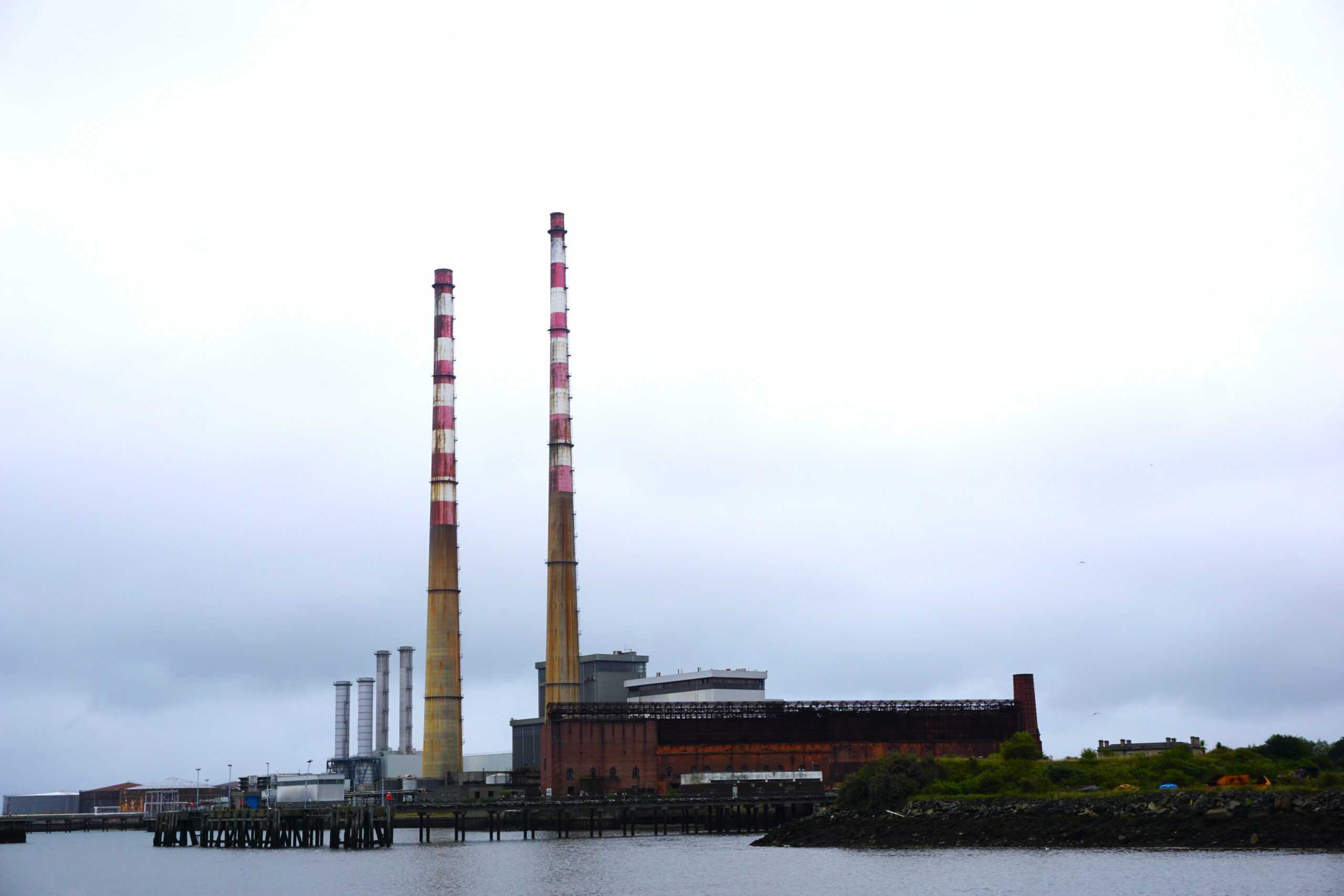Is Dublin Worth Visiting? 10 Reasons to Visit Dublin in 2025 (By a Local)
If you’re wondering, “Is Dublin worth visiting?”, then you’ve come to the right place!
The Irish capital often sparks debate amongst travelers. Some say it’s small and has little to offer compared to larger European cities. Others rave about the many museums and attractions.
I live in Dublin, and I firmly believe that much of Dublin’s charm lies in its intimate scale. Dublin is 100% worth visiting, and an unmissable stop on any Ireland itinerary. Dublin is the political, historical, and cultural heartbeat of Ireland. Its cobblestone streets contain centuries of history, from Vikings and early Christians to Norman conquerors and Irish revolutionaries.
Dublin is full of fun activities, museums, and green spaces to enjoy. In this article, I’ll highlight many of the unique and exciting things that Dublin has to offer, and just what makes Dublin worth visiting.
Please note this post may contain affiliate links. If you click on one, I may earn a small commission at no extra cost to you. See my Privacy Policy for more information.
Is Dublin Worth Visiting?
Yes, Dublin is definitely worth visiting!
Dublin has many beautiful parks, a rich cultural history, and top-notch museums. It also has a vibrant pub culture, welcoming visitors into the heart of Irish social life.
If you like culture, art, and history with a side of friendly locals and pub culture, then Dublin is for you!
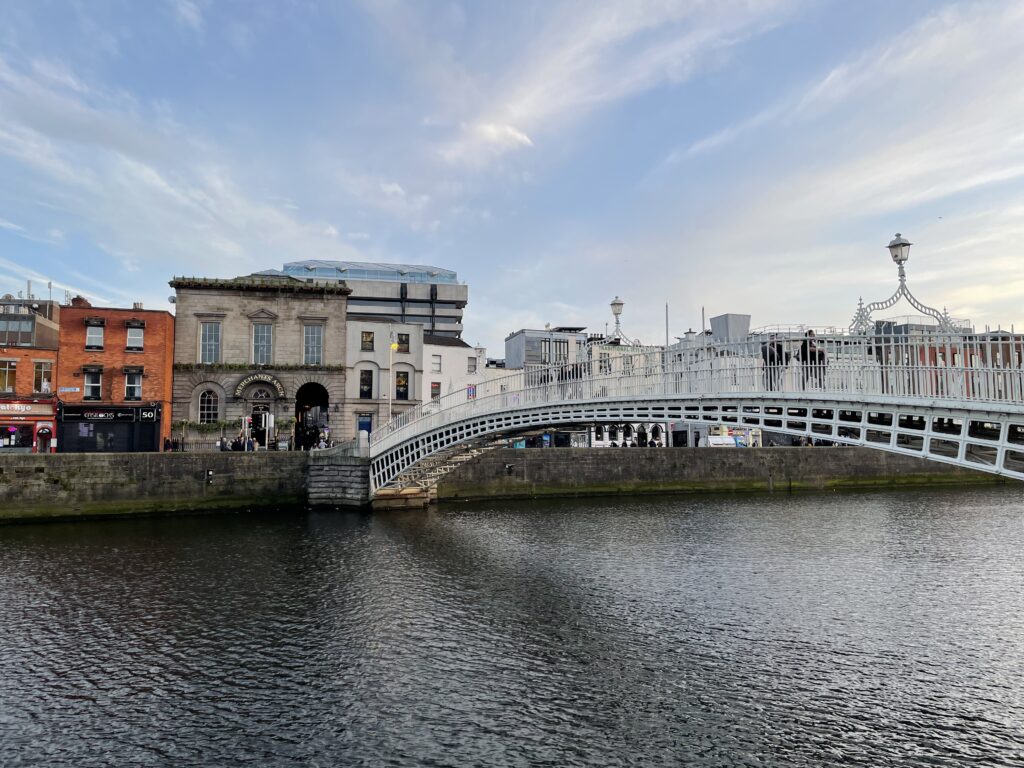
What Should I Know Before Visiting Dublin?
Over the years I’ve had many friends and family come visit me in Dublin. Here is some information I make sure they know before visiting Dublin:
- Weather: Dublin weather can be unpredictable. You may even experience all four seasons in one day! I suggest packing layers, including a waterproof outer layer, sweaters, a hat, gloves, and a scarf if visiting Dublin in the winter.
- Public Transportation: Dublin has a decent public transport system, including buses, trams (Luas), and a commuter rail (DART). During your visit, consider getting a Leap Card for convenience and cost savings.
- Pub Culture: Pubs are a central part of Irish social life. Don’t miss the opportunity to visit a pub while in Dublin. One great way to do this is by taking a Dublin pub tour or going on a guided whiskey tasting. When ordering drinks, note that it’s expected you’ll pay upon ordering for each round.
- Rich Literary History: Did you know that Dublin is a UNESCO City of Literature? Explore the city’s literary heritage by visiting famous landmarks like the James Joyce Centre and the Museum of Literature.
- Tourist Attractions: Dublin is home to some of Ireland’s top tourist attractions, like the Guinness Storehouse and Kilmainham Gaol. Pre-booking for these must-visit sights can save you time and also ensure you don’t miss out on the chance to see these top attractions.
By keeping these tips in mind, you’ll be well-prepared to enjoy everything that Dublin has to offer.
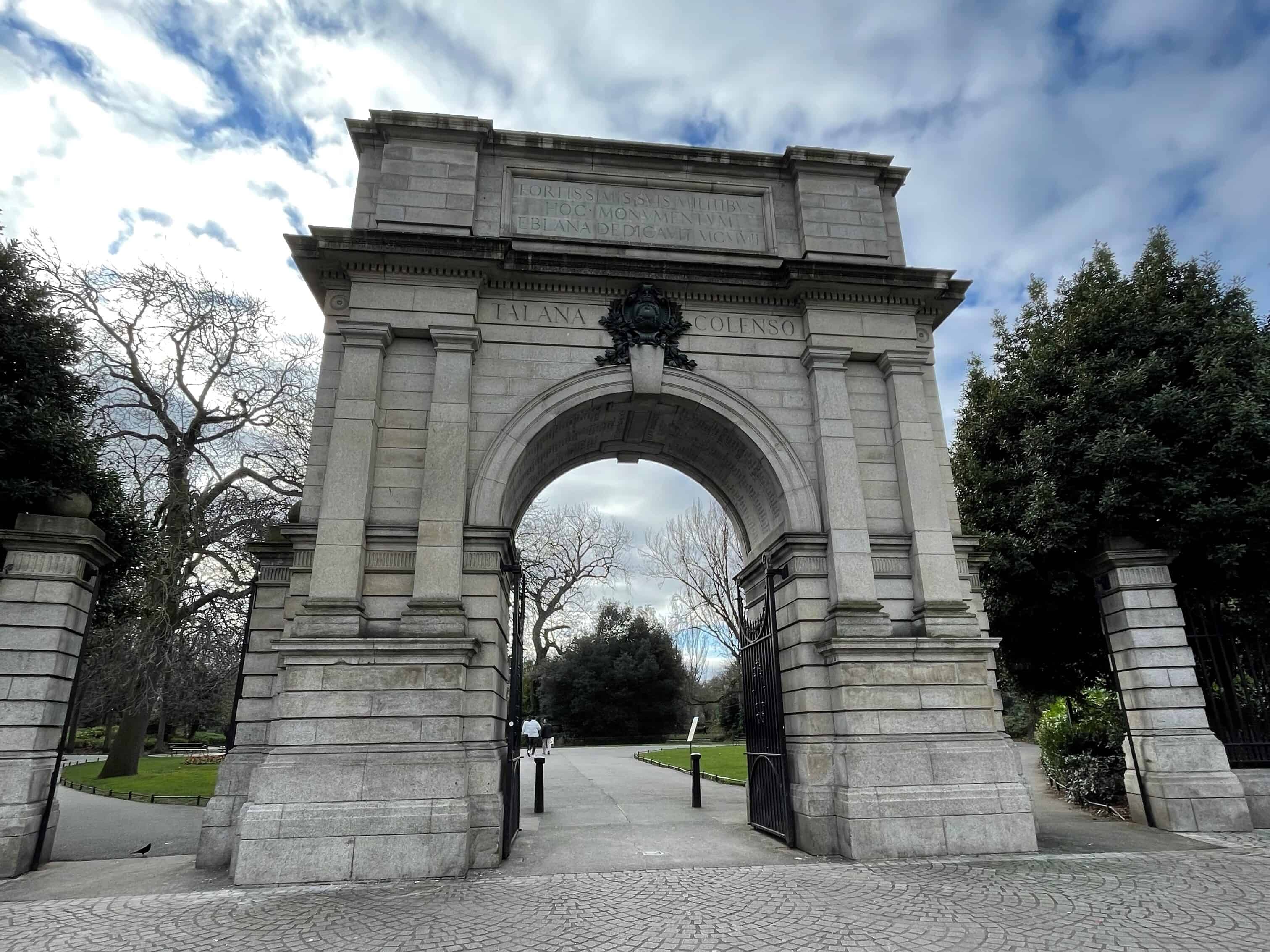
Is Dublin Worth Visiting Compared to Other Irish Cities?
Yes, compared to other Irish cities, Dublin is definitely worth visiting!
As the capital of Ireland, Dublin offers a unique blend of historical and cultural experiences. Dublin stands out for its rich literary heritage, lively pub culture, and famous landmarks like the Guinness Storehouse.
While other Irish cities have their own charms, Dublin provides a well-rounded introduction to Irish history and contemporary life, making it a must-visit destination on any Ireland itinerary.
While Cork is known for its food scene and the Blarney Stone, Dublin boasts more historical and literary landmarks, like Trinity College, the Oscar Wilde House, and Marsh’s Library.
Compared to Galway, with its vibrant arts scene and coastal charm, Dublin offers a more urban experience.
Up north, Belfast has a rich political history and the famous Titanic Belfast Museum. Yet Dublin provides a deeper dive into Ireland’s overall history and culture, from the arrival of the Vikings to the Easter Rising.
Dublin’s blend of history, culture, and cosmopolitan energy makes it a uniquely compelling destination in Ireland, and worth visiting over other Irish cities.

Is Dublin Worth Visiting Compared to Other European Capitals?
Dublin holds its own as a worthwhile destination compared to other European capitals.
With its canals and small size, on paper Dublin may sound similar to Amsterdam. However, Dublin offers a more laid-back charm with its historic pubs and friendly locals.
Given their close historical ties, many people try to compare Dublin vs. London. While London is a sprawling metropolis, Dublin is a more compact and intimate city, rich in history and easy to explore on foot.
Dublin is a unique European city with a distinctive feel. Ultimately, whether you like a city or not is subjective.
Whether you prefer Dublin to other European capitals will vary from person to person, but I still think that, for the small capital of a small country, Dublin holds its own and packs a punch.
10 Reasons to Visit Dublin

1. Guinness, Guinness, Guinness
For the freshest pint of Guinness you’ll ever drink, head to the Guinness Storehouse.
This immersive experience takes you behind the scenes of Irish brewing tradition. Located in the legendary St. James’s Gate Brewery, this famous Dublin landmark stands as a testament to Ireland’s love affair with Guinness.
I describe the experience of visiting the storehouse as “Disney for beer.” From the moment you step inside, you are transported into the world of Guinness. Each floor brings a new experience, from interactive exhibits that trace the brand’s 250-year history to engaging demonstrations of the science behind the brewing process.
The highlight of the Guinness Storehouse is the Gravity Bar. Perched on the top floor, the bar offers panoramic views of Dublin’s skyline. Here, you can sip a complimentary pint of Guinness while enjoying the best view in the city.
The Guinness Storehouse is a cultural institution that embodies the spirit of Dublin. It’s the most popular tourist attraction in the country, drawing millions of visitors from around the world.
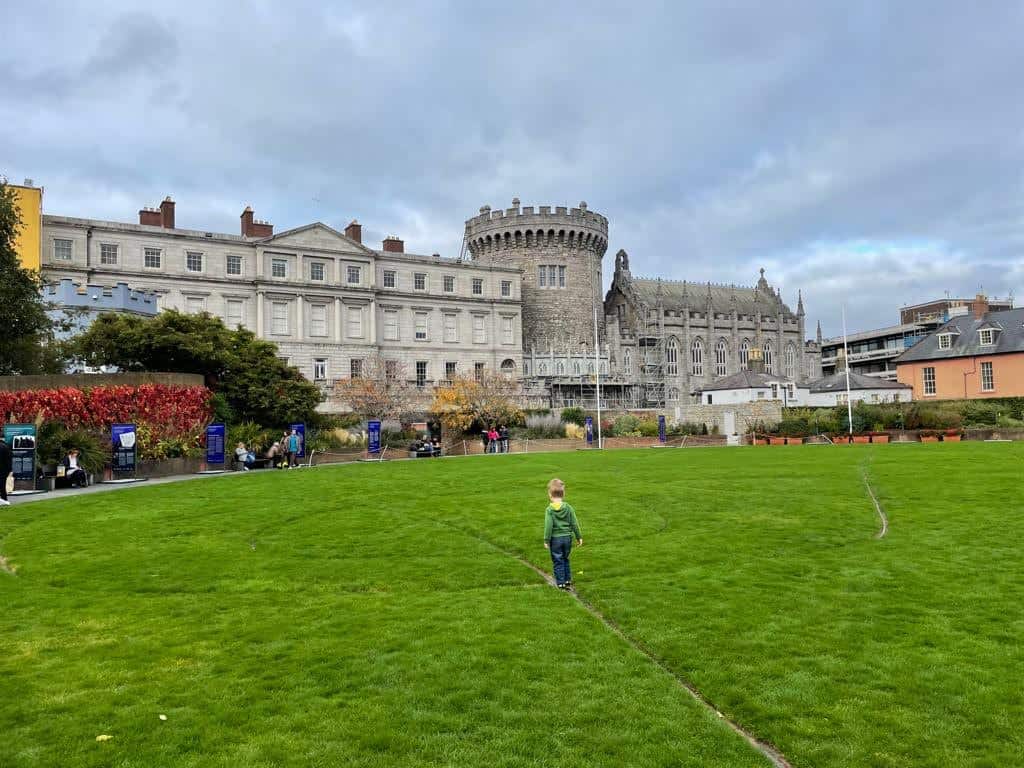
2. Thousands of Years of History
Dublin has many layers of history, dating back thousands of years.
The early Irish who first settled here laid the groundwork for what was to become a thriving urban center. When the Vikings arrived in the 9th century, they brought commerce that expanded the city and turned it into a hub for trade.
After the Vikings came the Normans and finally the British, who ruled over Ireland for close to 1,000 years. This long period of British occupation left a permanent mark on the country, and there’s no better place to learn about this period in Irish history than in Dublin.
One of the most important buildings in the city, Dublin Castle, was the seat of British rule in Ireland for seven centuries. Other famous Dublin landmarks, such as the General Post Office, reflect the long-term Irish struggle for independence. Both these sights are great places for history lovers interested in gaining a broader understanding of Dublin’s history.
The best way to get an in-depth introduction to Dublin’s history is to take a walking tour. One of my favorites is this history-focused walking tour led by history postgraduates. On this tour, you’ll take a deep dive into Dublin’s history while standing on the very streets where events took place.
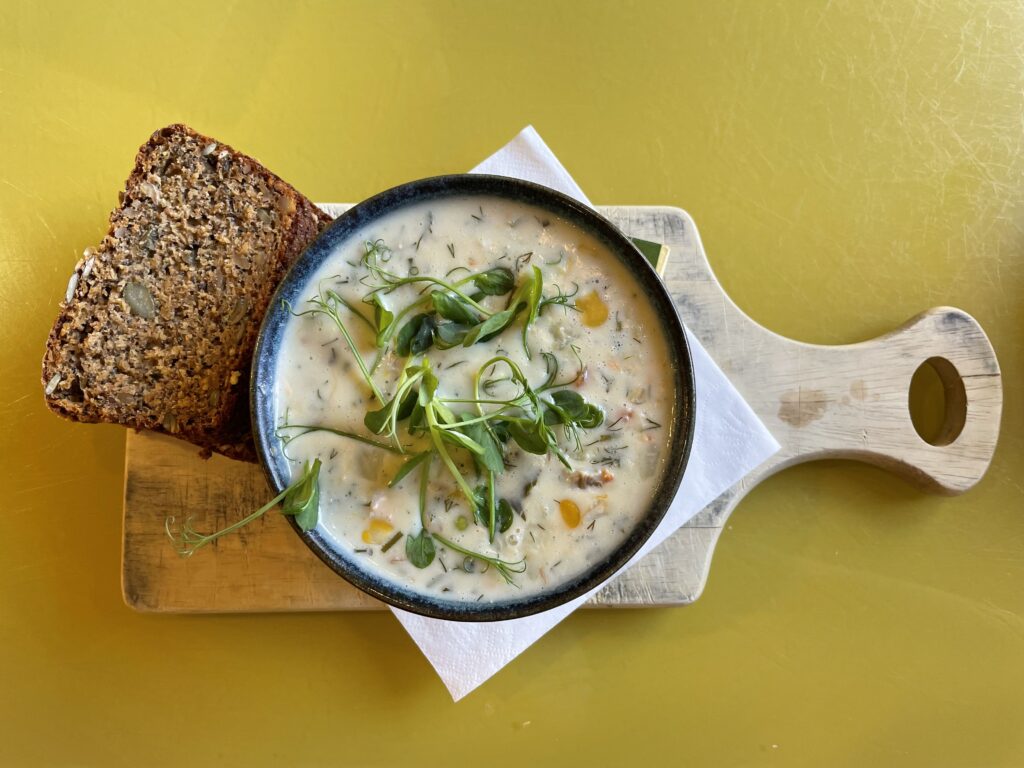
3. A Burgeoning Food Scene
Unlike Italy or France, Ireland doesn’t have a reputation as a top culinary destination. But Dublin’s food scene is up-and-coming, with a mix of restaurants offering traditional Irish flavors and international cuisine popping up across the city.
As a robust agricultural society, farm-to-table has taken off in Ireland. Locally sourced meats and vegetables are top-tier, and many modern Irish establishments have embraced local ingredients in their dining rooms.
In the city center, Note reimagines Irish cuisine with a modern twist. Here, classic dishes are infused with contemporary flair, showing how Irish ingredients can be used in innovative and delicious ways.
Dublin is quickly becoming a mosaic of global flavors, and no restaurant demonstrates this better than Afanti Uyghur restaurant. This local gem has introduced Dubliners to the rich, hearty flavors of Uyghur cuisine, with mouthwatering dumplings and tongue-tingling beef soup.
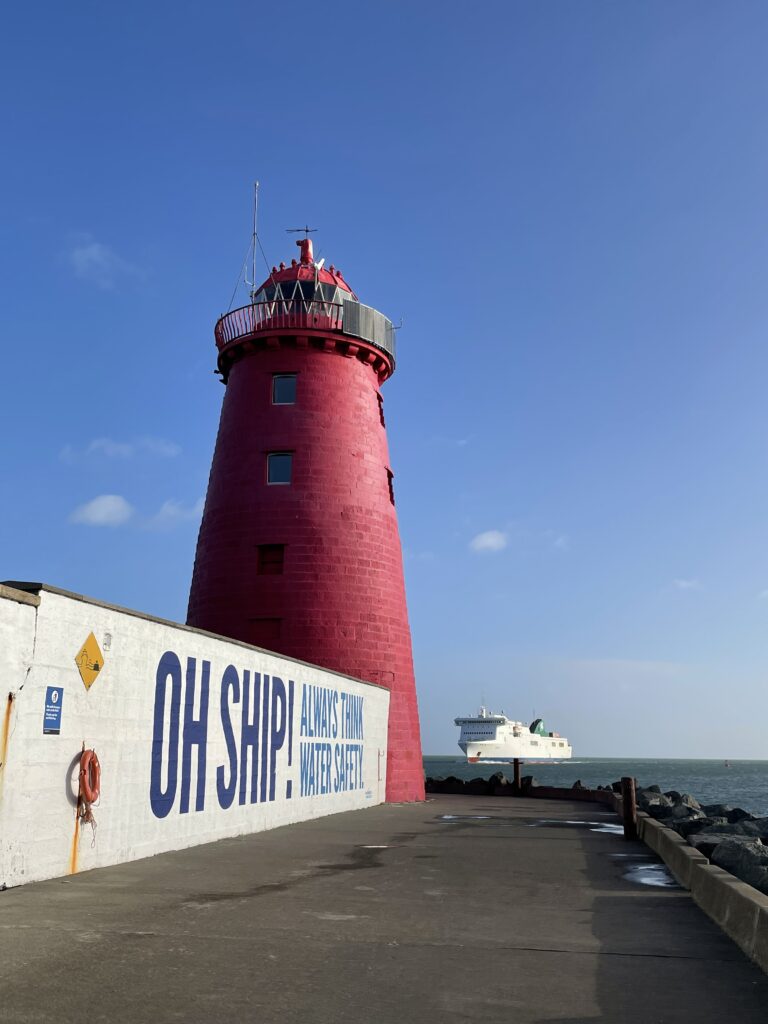
4. Scenic Walks
Dublin isn’t just about the bustling city life; it’s also a green city with a treasure trove of scenic walks.
To get out and stretch your legs in Dublin, take an urban walk along the Grand Canal. This waterway meanders through the city, flanked by trees and offering surprising wildlife sightings. I’ve often seen egrets hunting in the waters here, and of course regular appearances by swans and ducks.
One of my favorite Dublin walks is out to Poolbeg Lighthouse. Stretching out into Dublin Bay, this classic walk offers breathtaking views of the port, city skyline, and Dublin harbor. I regularly take visitors here, especially on sunny days when you can see for miles.
Pro Tip: If you don’t feel like walking, you can see this lighthouse and the harbor on one of Dublin’s many boat tours!
Rain or shine (and let’s be honest, it’s Dublin, so probably a bit of both), Dublin’s scenic walks are a fantastic way to experience the quieter, more natural side of the city.
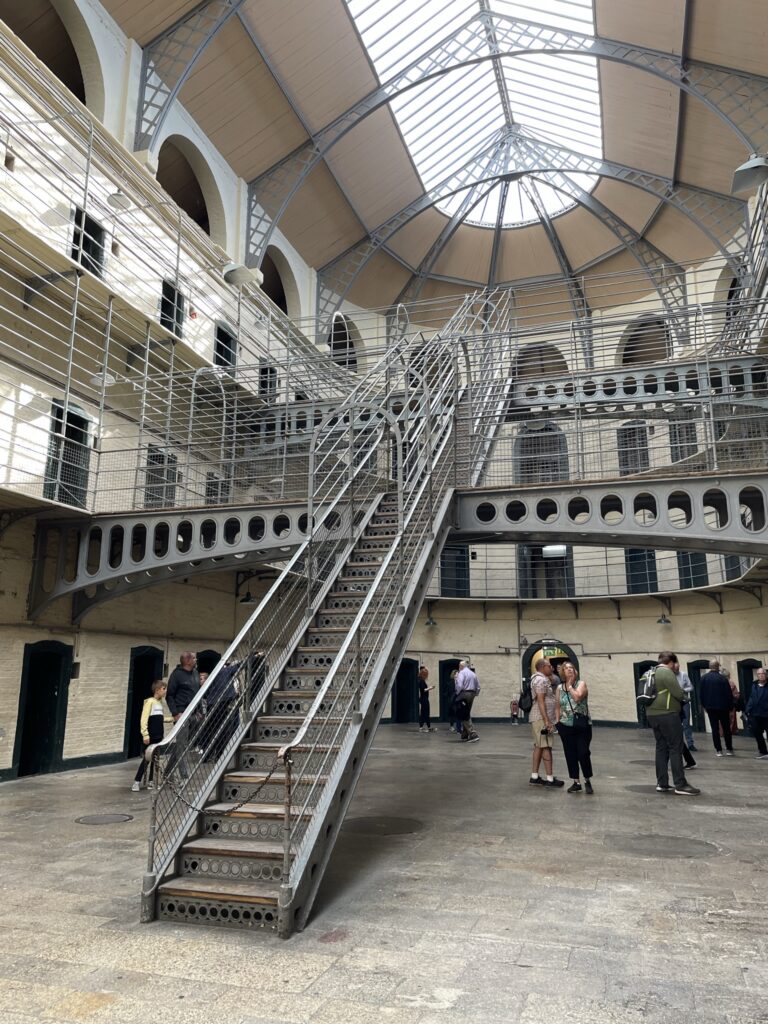
5. Stellar Museums
Dublin is home to many great museums. The best part? Many of the museums in Dublin are free to visit!
Some of my favorite museums here are the National Gallery, EPIC, the Archaeology Museum, and the Hugh Lane Gallery. I’m a big museum-goer, and after three years of living in Dublin, I’m happy to say I’ve visited most of the museums in the city.
Whether you’re interested in art, culture, history, or science, Dublin’s museums cover a range of interests and will excite museum lovers of all kinds. You could even argue that the Guinness Storehouse is a museum for Guinness…
Given how much it rains in Ireland, this concentration of museums means there’s always something to do on a rainy day in Dublin. So even if you encounter bad weather during your trip, you’ll have plenty of indoor activities and museums to explore.
6. A Vibrant Theatre Scene
Dublin’s theater scene is yet another reason the city is worth visiting. The city is packed with historic venues and entertaining performances.
The historic Abbey Theatre is the country’s national theater and has been showcasing some of the best Irish plays since 1904. They aim to enrich Irish culture and society through theater, showcasing Irish artists and actors.
Other great theaters in Dublin include the Gaiety and Bord Gais Energy Theatre. The latter is where many popular Broadway musicals come, and the theater has put on spectacular productions of The Lion King, Wicked, and more.
Each theater offers a unique experience – from the historical ambiance of the Abbey and Gaiety to the modern grandeur of the Bord Gais. Plus, there’s something on pretty much every night, so you’re spoiled for choice!
Whether you’re a hardcore theater enthusiast or just looking for a fun evening, Dublin’s theater scene has something for everyone.
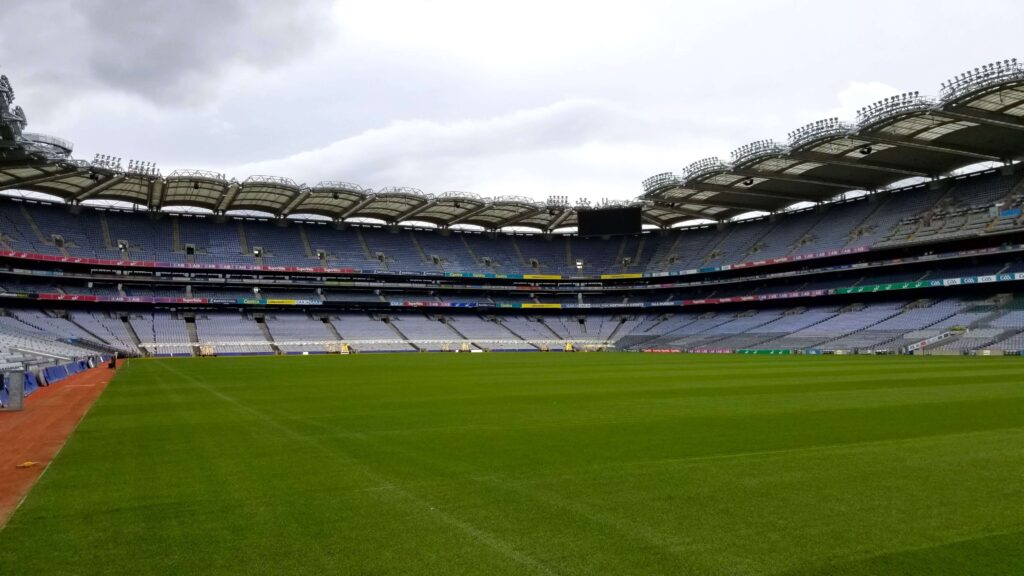
7. The Epicenter of Gaelic Sports
Dublin isn’t just a hub for history and pubs; it’s also the epicenter of Gaelic sports.
Visiting Croke Park, the national stadium for the Gaelic Games, is an experience sports enthusiasts shouldn’t miss.
Croke Park isn’t just any stadium; it’s the home of Gaelic football and hurling, some of the oldest sports in the world.
Imagine a mix of soccer, rugby, and basketball – that’s Gaelic football for you. And hurling? It’s like lacrosse meets field hockey at lightning speed. Both games are super fast-paced and exciting to watch.
I’ve been to a few games at Croke Park since moving to Dublin, and each time has been so much fun. While I’ve struggled to follow the fast-paced games, the enthusiasm from the crowds and genuine love of the sport is unmatched.
If you’re not in Dublin during the Gaelic Games, you can still enjoy a visit to Croke Park. The stadium houses the GAA Museum, packed with exhibits about the history and cultural significance of Gaelic sports. You can even take a stadium tour and learn about the structure of the leagues and how the game is played. It’s the perfect way to learn about these sports that are at the heart of Irish society.
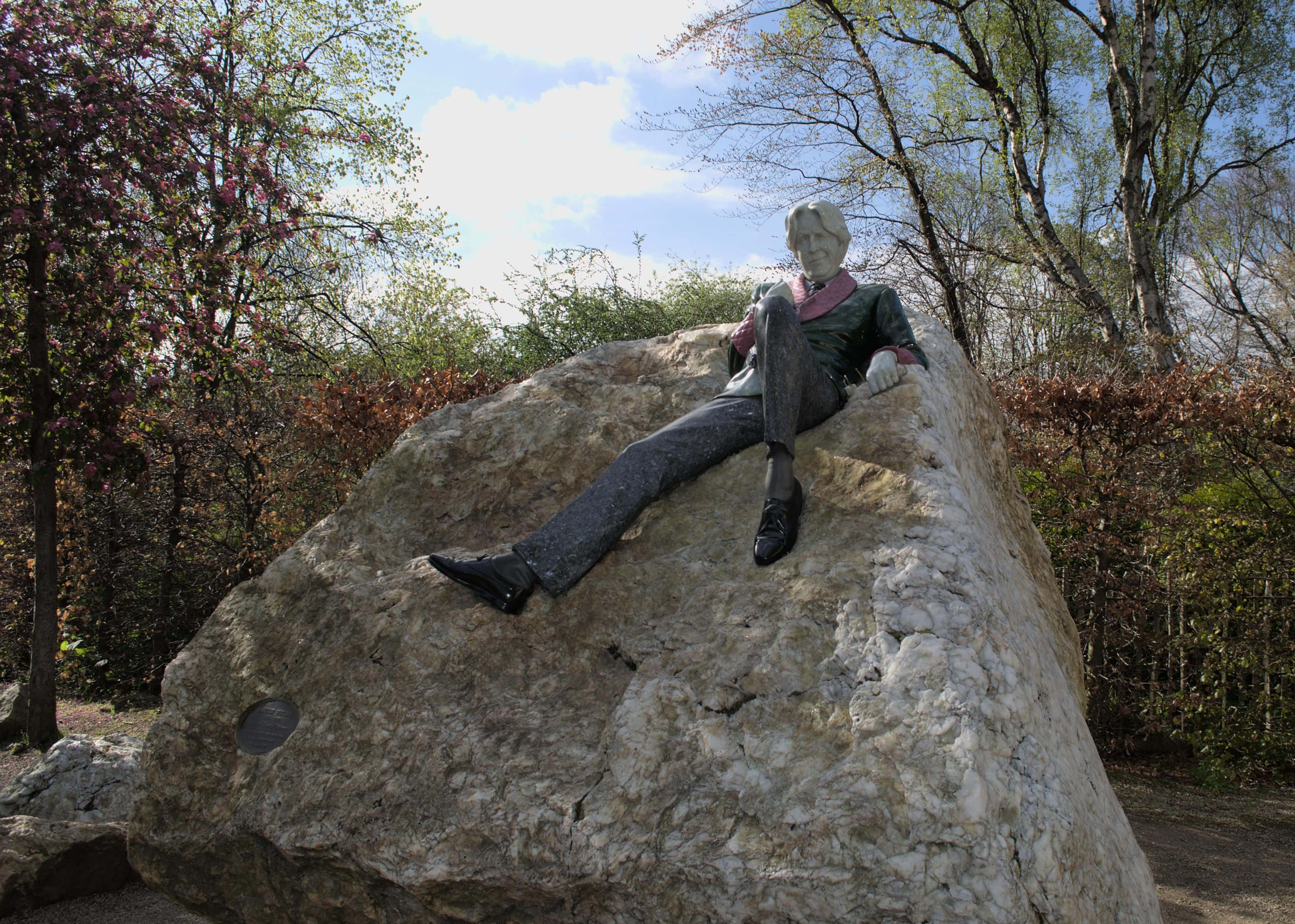
8. A Rich Literary History
Dublin is a UNESCO City of Literature that has birthed many literary giants. This city produced and inspired the likes of James Joyce, W.B. Yeats, Oscar Wilde, and more.
Everywhere you turn, you’ll encounter reminders of the city’s literary heritage. From the Oscar Wilde statue in Merrion Square to the many bookstores throughout the city, it’s evident that literature is an integral and important part of Irish society.
There are many great ways to experience Dublin’s literary heritage. You can take a walking tour of the city, visit the Oscar Wilde House, or head to the Literary Museum of Dublin.
The city also hosts literary events throughout the year. The most famous is Bloomsday, which takes place in Dublin every June to celebrate James Joyce’s seminal work, Ulysses, with parades, reenactments, and Joyce enthusiasts wandering the streets of Dublin in period costumes.
This vibrant literary heritage is one of the many reasons I love living in Dublin and part of what makes this city such a worthwhile travel destination.
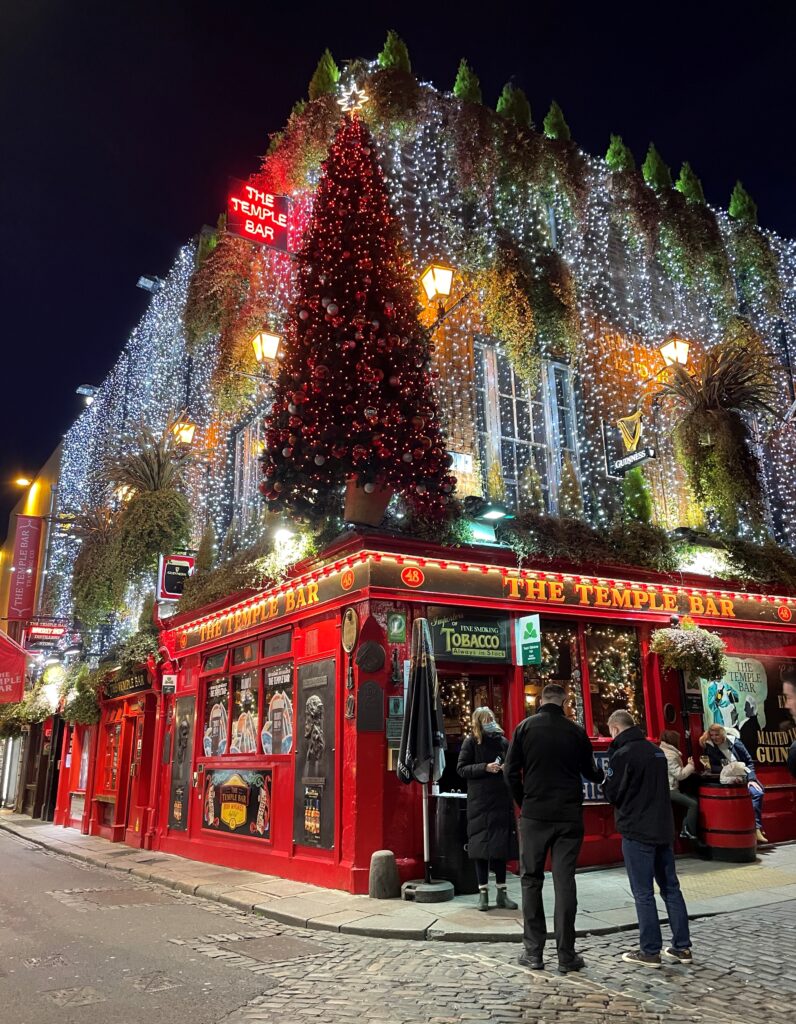
9. Cozy Pubs
In Dublin, every pub has a story to tell. From local, no-frills establishments to raucous venues with live music every night, the Irish pub is a gathering place for locals and tourists alike.
Visiting a pub in Dublin is more than going out for a drink, it’s a cultural experience that will immerse you in a popular Irish pastime. Each pub boasts its own unique charm, from the sumptuous wood paneling and stained glass of an old-world tavern to the sleek, contemporary vibe of a new-age bar.
Dublin’s pub scene is at the heart of the city. An evening at the pub is more than a pastime; it’s a way of life and one of the many unique experiences Dublin has to offer.
If you’re under 18 you can still visit a pub in Ireland, but according to the law, you won’t be allowed to drink.
10. Live Music
Dublin’s live music scene is an absolute gem, especially if you’re a fan of Irish traditional music, or “trad music.” There’s something magical about sitting in a cozy pub, pint in hand, while listening to a live band play tunes with the characteristic notes of Irish music.
One of my favorite spots is O’Donoghues Bar on Merrion Row. This pub has live music every night, with bands that play everything from covers to traditional Irish tunes. I love coming here on Sunday afternoons to grab a pint on their patio and listen to the band play while the kids run around the outdoor space.
If you’re in Dublin, do yourself a favor and make time to experience the live music scene. It’s not just about the music; it’s about the coming together, community, and the sheer joy that comes from a good session. It’s an experience that should be on every music lover’s bucket list!
FAQ: Is Dublin Worth Visiting?
2 days is a great start for exploring Dublin but will leave you wanting more. I recommend spending at least four days exploring the Irish capital.
Dublin is not cheap. Hotels, food, and entertainment are all expensive in Dublin. However, with many free museums and parks to explore, you can see Dublin on a budget.
Yes, Dublin is safe to visit, but some areas should be avoided. Tourists should be alert to pickpockets but don’t need to be scared to visit Dublin.
The main language spoken in Dublin is English. You may encounter some locals who speak Irish, however, English is most Dubliners’ first and primary language.
Yes, you can drink tap water in Dublin. Irish tap water is safe to drink, even in Dublin.
Final Thoughts: Is Dublin Worth Visiting?
While Dublin can be a polarizing city in the travel sphere, I believe everyone who visits Ireland should experience the country’s capital. Dublin is full of history and significance. If you want to gain a better understanding of Irish history and put the rest of your Ireland travels into context, then there’s no better place to do so than in Dublin. I also think this city holds its own as a great European city, worthwhile for weekend getaways and city breaks. With many great museums, beautiful parks, and cozy pubs, Dublin is 100% worth visiting!
